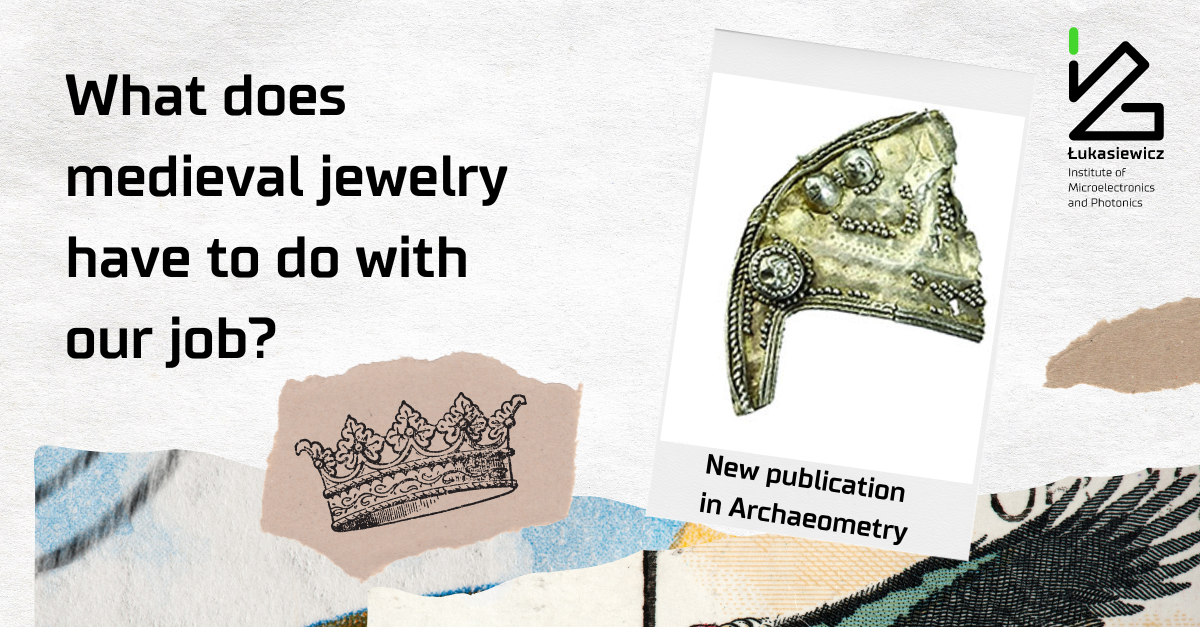We’re pretty sure that this funding is the jewel in the crown! As you might know, our researchers not only produce new materials, they also use numerous techniques to examine them. This is why they’re always eager to join atypical challenges just like this recent one.
Ryszard Diduszko, Ph.D., D.Sc., and Paweł Ciepielewski, Ph.D., were invited to cooperate with researchers from NCBJ Świerk to characterize lunula-type ornaments that is medieval #jewelry (in the shape of half-moon) that used to be worn by women in the Slavic region but it has also been found in some regions of northern Europe.
As you might know, various types of ornaments have played an important role in societies, especially early ones, as they had functions such as economic, religious, or even magical. By examining lunulas, we can learn more about early Slavic societies and their contacts with other nations, for instance, Scandinavian ones.
Here, the objective of research was a method of joining and soldering elements of silver ornaments in the form of spherical granules (a diameter of several hundred micrometers!) with the silver plate as a base. Our part of the research was a successful attempt to find new crystalline phases at the junction of the granules (X-ray) and an attempt to assess the presence of carbon structures and copper sulfide at these points (Raman spectroscopy).
Such information is useful for describing the medieval technology of soldering elements of silver ornaments and indirectly, by comparing with other finds, the place where such ornaments were produced.
The above has proven that our researchers are open to use their techniques to examine and help with procedures and research even so seemingly unrelated to our core business.
The article „Research on chemical soldering in early medieval jewelry: The case of lunula-type Viking age ornaments” has been published in Archeometry.


